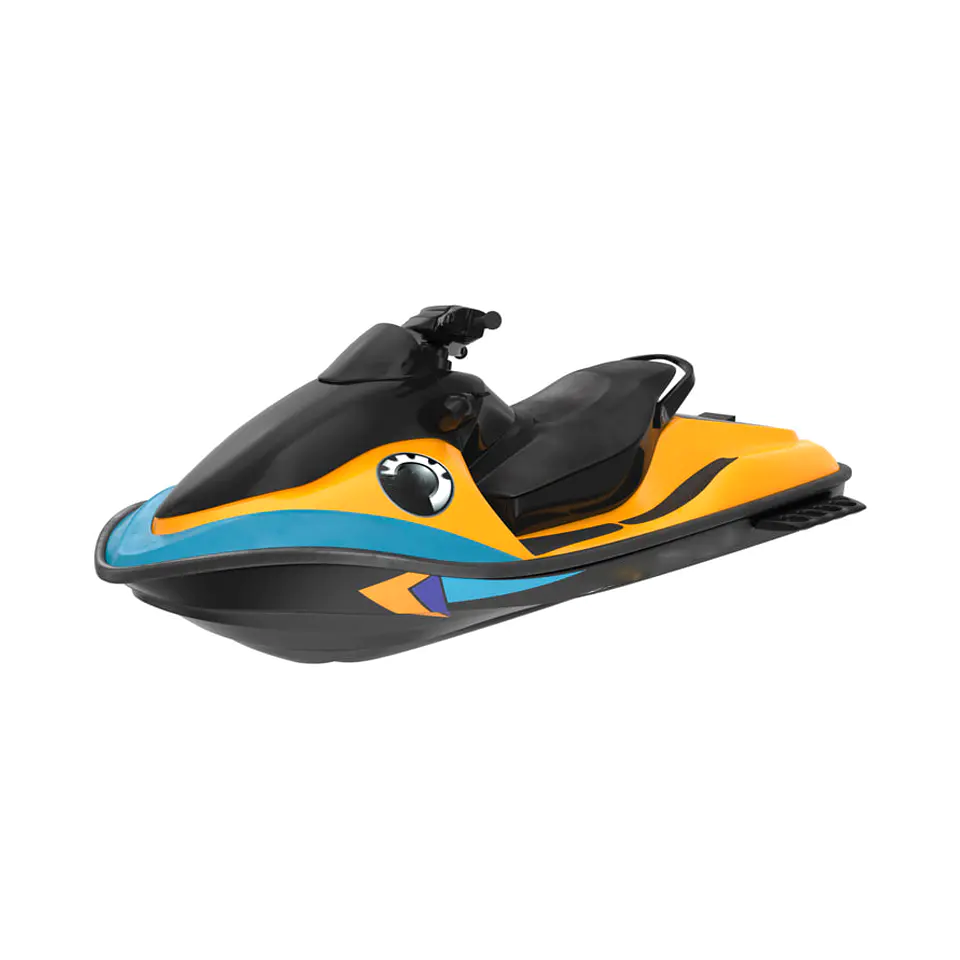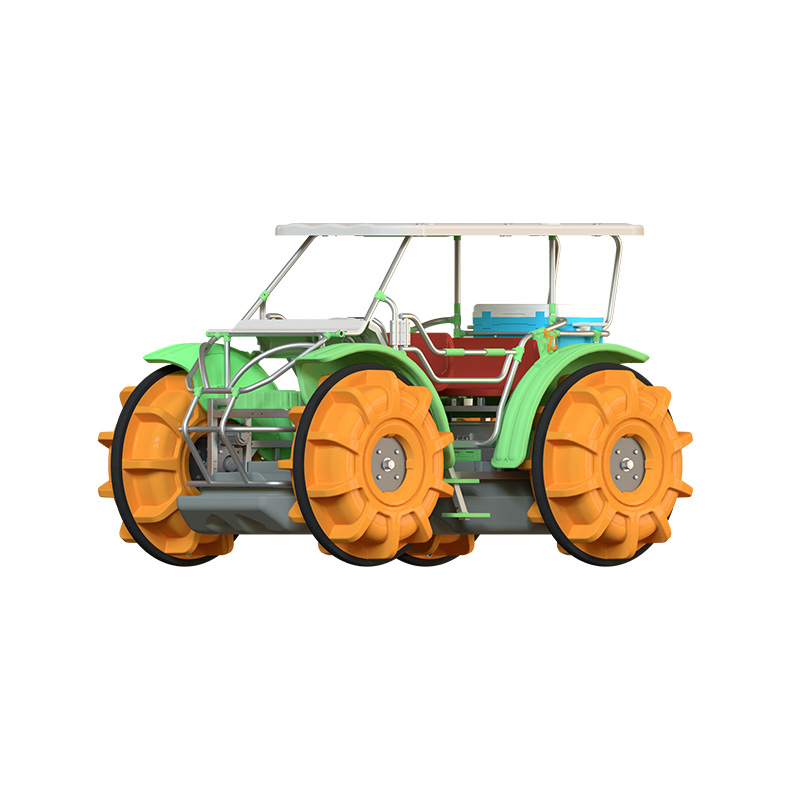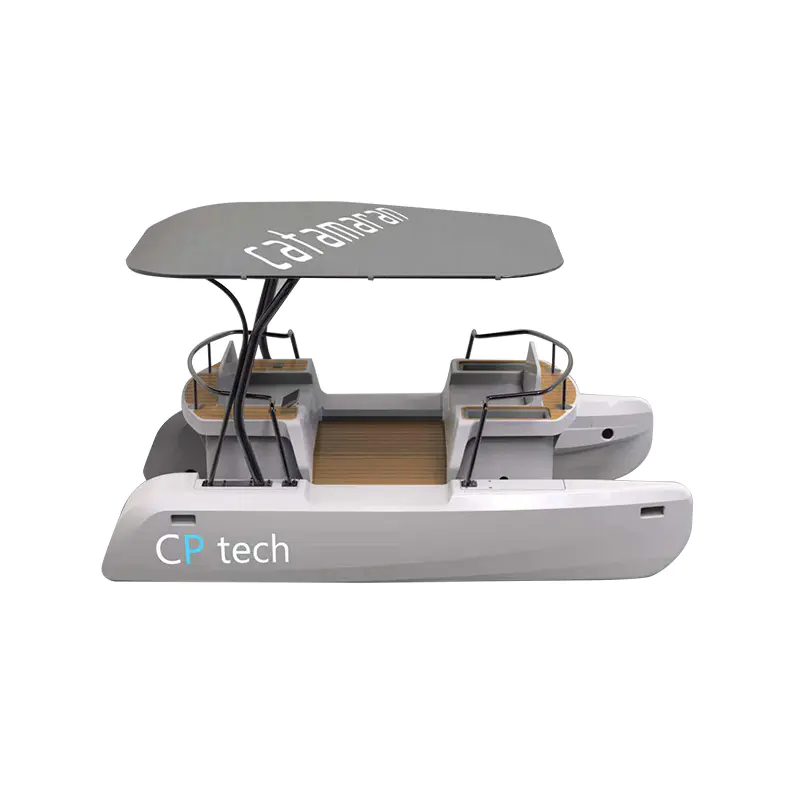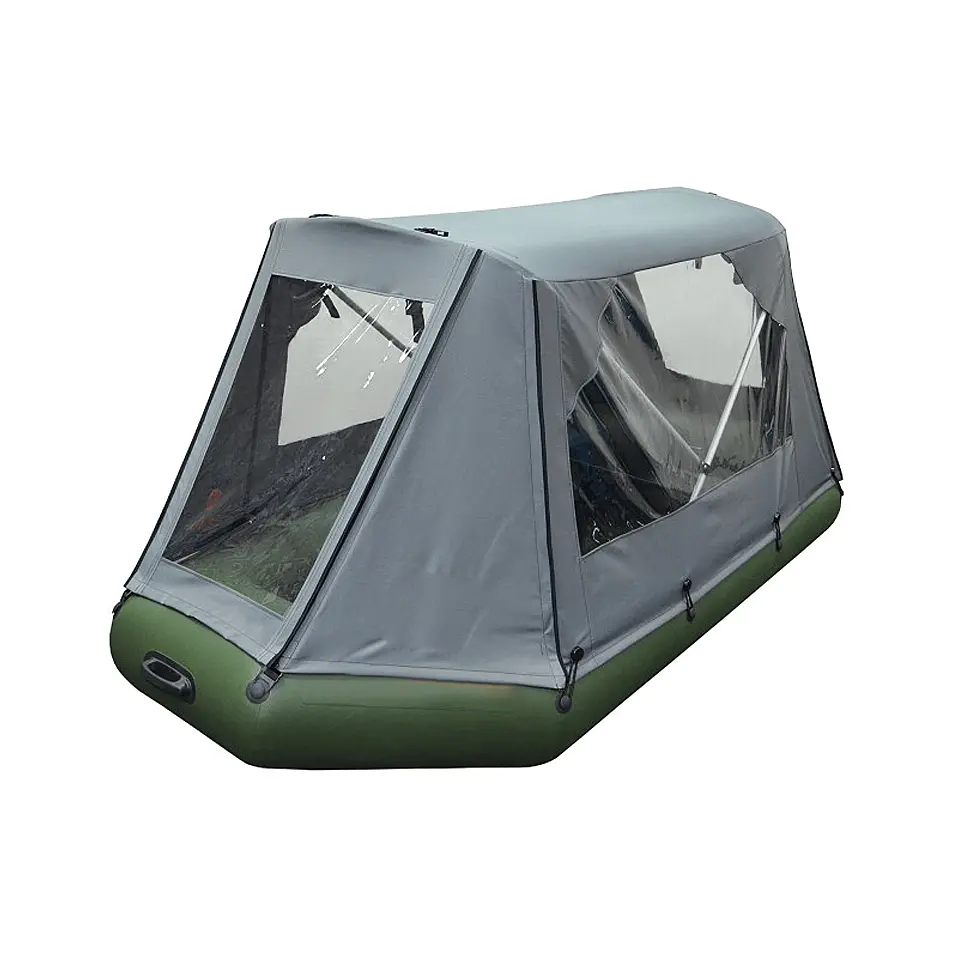Why More Water Sports Enthusiasts Are Choosing Electric Surf Boats
2025-08-15

Water sports have evolved significantly over the years, with technology playing a major role in changing how enthusiasts experience the water. One of the more recent innovations capturing attention is the electric surf boat. Designed to provide an eco-friendly and quieter alternative to traditional gasoline-powered boats, electric surf boats are becoming a preferred choice for many. As awareness around sustainability, performance, and user convenience grows, more water sports lovers are turning to this innovative option.
One of the main reasons people are choosing an electric surf boat is the environmental benefit. Traditional boats powered by internal combustion engines emit exhaust and fuel residues into the water, which can have a lasting impact on marine ecosystems. In contrast, an electric surf boat produces zero emissions, making it a cleaner choice for lakes, rivers, and oceans. This eco-conscious feature is particularly appealing to users who value preserving the natural environments where they enjoy their water activities.
Another factor influencing this shift is noise reduction. Electric motors operate with significantly less sound than gasoline engines. For many enthusiasts, this means a more peaceful and enjoyable experience. Whether they are riding waves or relaxing between sets, the quiet hum of an electric surf boat adds to the calmness and serenity of the water. This feature also appeals to people living near waterfronts, where noise pollution from watercraft can be a frequent complaint.
Ease of use is another reason why electric surf boats are gaining traction. They often feature intuitive controls and require less maintenance than their gas-powered counterparts. Users do not need to worry about oil changes, spark plugs, or dealing with fuel mixtures. Instead, they can focus more on the experience of riding and less on mechanical upkeep. For both seasoned surfers and newcomers to the sport, this simplicity makes electric surf boats an attractive option.
Electric surf boats also offer consistent performance. Unlike gas-powered models that may experience lag or fluctuations in power delivery, electric systems tend to provide smooth and immediate acceleration. This consistent thrust is especially important when towing surfers, as it helps maintain wave shape and rhythm. Riders can enjoy a more predictable and enjoyable ride, which improves the overall experience on the water.
Battery technology has also seen substantial improvement in recent years, extending the usage time of electric surf boats. Modern models can often operate for several hours on a single charge, depending on the speed and conditions. Charging systems have become faster and more efficient, and some boats can be charged at standard outlets, adding to their convenience. These advancements make electric surf boats more practical for a full day of water sports fun.
The visual design of an electric surf boat is another appealing aspect. Sleek, modern aesthetics often accompany these high-tech vessels, reflecting their innovative nature. This modern look adds to the appeal for users who care about both function and style. With an increasing number of manufacturers entering the market, buyers have access to a wider variety of models, each offering different features and looks to suit personal preferences.
The shift toward electric surf boats reflects a broader trend in outdoor and recreational equipment. From electric cars to e-bikes, people are increasingly choosing battery-powered alternatives that combine performance with environmental awareness. Electric surf boats fit well within this movement, providing an enjoyable and sustainable option for water sports lovers.
The electric surf boat is emerging as a popular choice among water sports enthusiasts for several compelling reasons. Its environmental benefits, quiet operation, ease of use, consistent performance, and modern design make it a practical and appealing option. As more people look for sustainable and enjoyable ways to experience the water, electric surf boats are becoming an increasingly common sight on lakes and oceans around the world.

 English
English  русский
русский  عربى
عربى 








